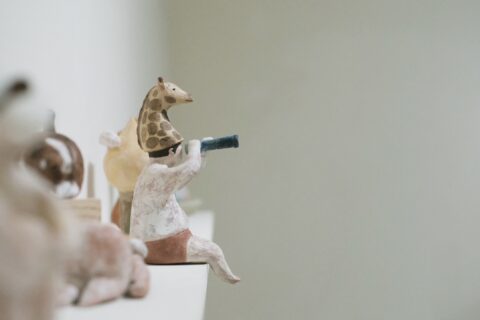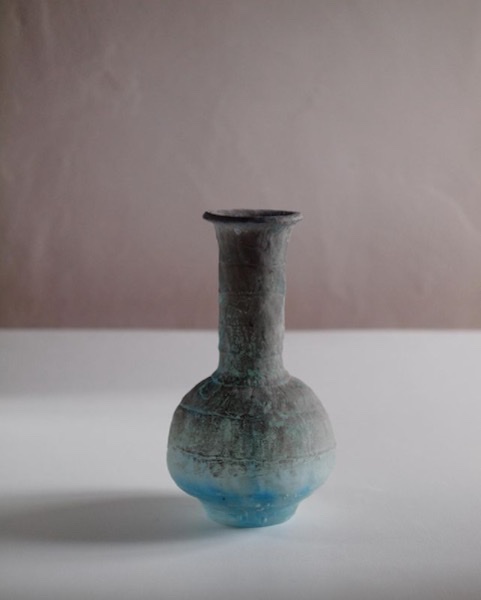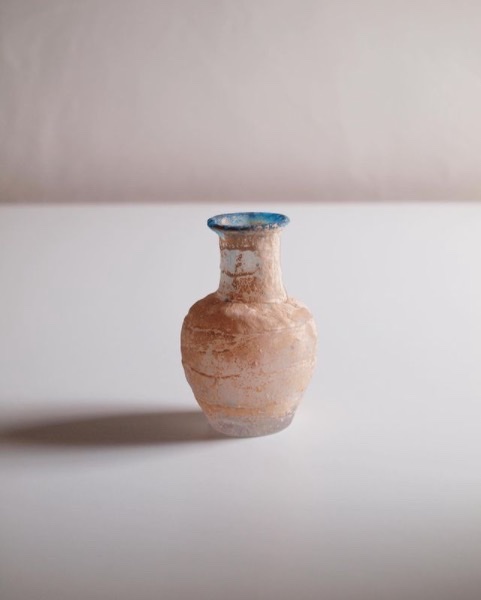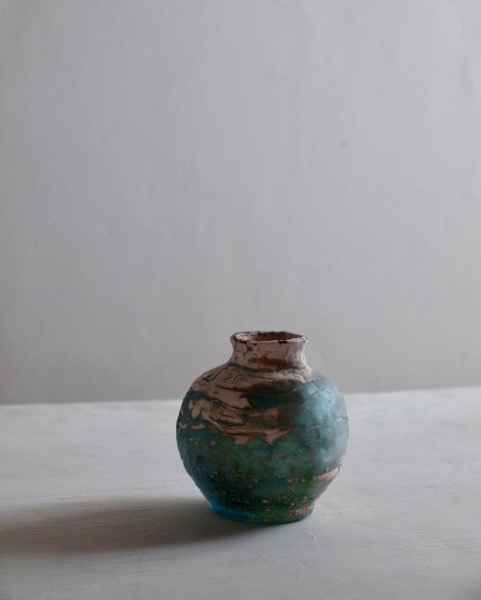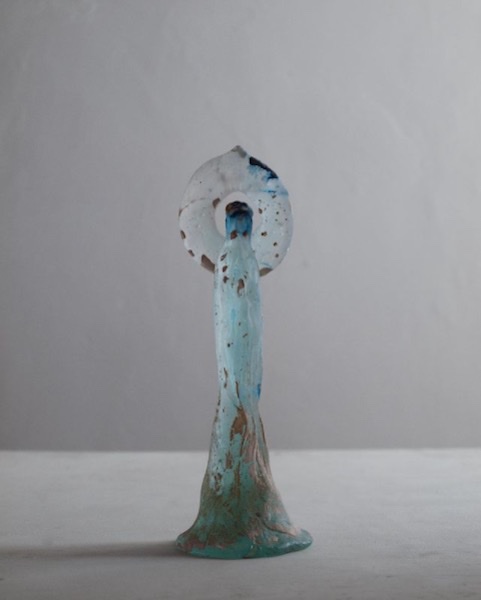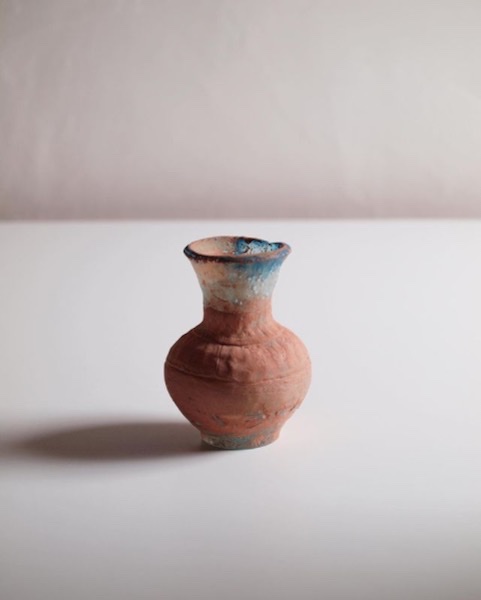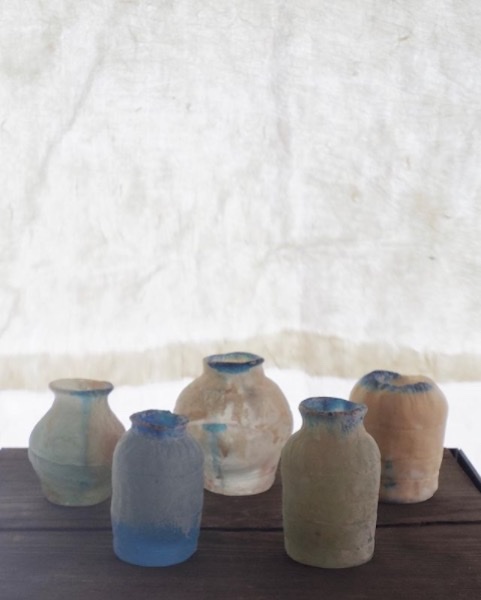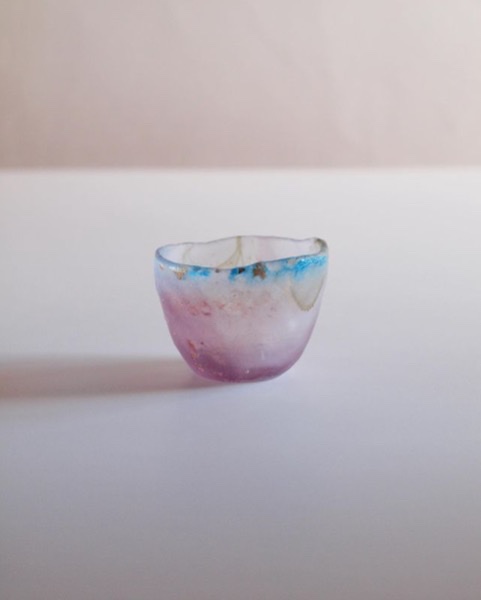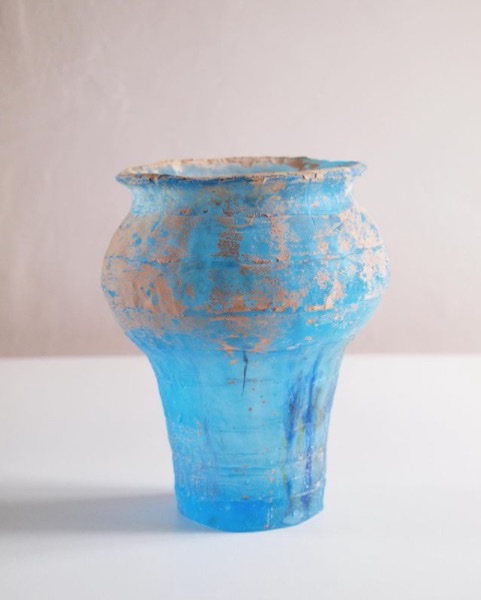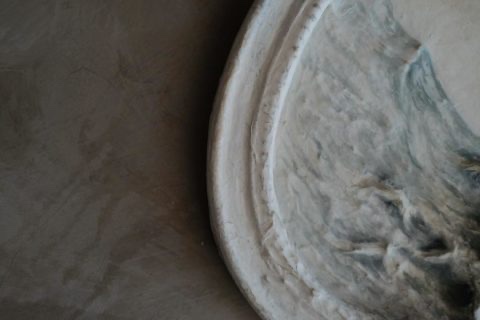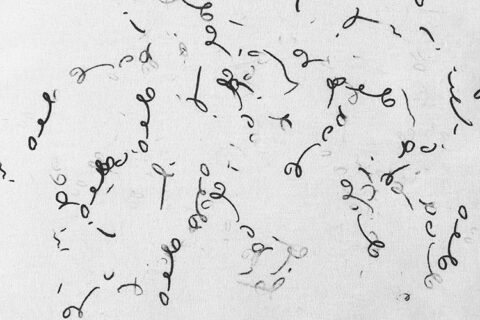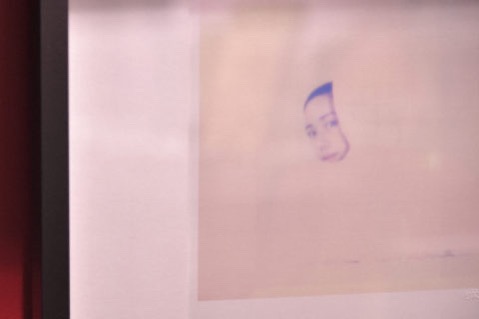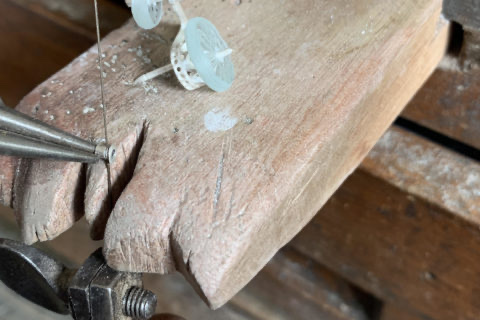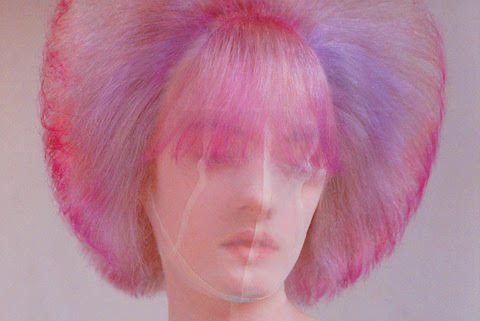像考古,不斷挖掘,會瞧見塵土下風化了的歲月,很像闖進廢墟廢島的攝影師所拍下那些數十年原封不動的器皿,形態都沒有變,卻鋪上了絨毛般的薄霧。它們,彷彿在稀薄中存活下來了。
熊谷先生的玻璃器物就像出土文物一樣有著獨特的脈落。
「我想做一些我從未見過的東西。」
Like archeological photography, one approaches Shun Kumagai’s works as though looking through a dusty windowpane, their telluric beauty appearing as a relic trapped in a veil of mist.
“I wanted to create something I have never seen.”
「整個創作過程,近乎是在禱告。」專注又虔誠,持續地想像著,順著時間推移加深了的厚度。
熊谷峻,漢字「峻」意味著山嶺險峻的容貌。彷彿在引路,慢慢發現喜愛拓荒的因子,人人說名字重要,也許是當中有著無法估計的引力吧。
“The act of making is similar to a prayer,” Kumagai was referring to the meditation and devotion championed by his process-driven work, which sees a constant push and pull between the stillness of time and his more vivacious channeling of the techniques.
The Chinese character “Shun” (峻) of his name refers to steep mountain ranges. We often attribute great importance to one’s moniker. Perhaps, then, it is by guidance that Kumagai was fated to create something no one has ever seen.
在擊碎之前,什麼都無法預料。
熊谷先生以鑄造技法製作玻璃器物,鑄造技法是一種古老工藝,得先從製作模具開始。先用蠟造出形狀,然後放進一個盒子內,並在周圍倒入石膏液,待成形就得到一個石膏模。當石膏模造好後,再將裡面的蠟融化去掉,才倒入燒熱的玻璃液、泥土與金屬,然後入窯燒製。
每個器物需再冷卻七至十天,才能刮去石膏取出。對於形狀較複雜的花瓶,需要將石膏模徹底打碎,所以模具有時只能使用一次,因此每次製作都必須從製作蠟模開始,一切都是稍縱即逝。
他故意使用彼此性質不同的材料,玻璃、泥土與金屬也會隨著溫度變化帶來無法預見的模樣,流動的痕跡會浮現,「雖然無法控制聽起來可能有點嚇人,但我更著迷於透過不穩定的化學反應來創造出豐富的表情,而不是以計算好的方式去實現預想。」
Everything is unpredictable before it breaks.
Kumagai’s glassware is based on a technique of casting molten materials, which begins with the creation of the mold. First, Kumagai recreates the original shape of each object using wax in a box, which he then fills with liquid plaster. Once the liquid solidifies into a mold, Kamugai empties it of wax, fills the mold with glass and fires it in a 1000°C kiln. The glass would then melt and join the clay and metal.
Cooling takes seven to ten days before the piece can be separated carefully from the mold. Vases in more sophisticated shapes require the complete dismantling of the mold, hence the necessity to create a new mold each time.
Kumagai favours the use of glass, clay and metal for the unpredictable interaction between their contrasting materials as the temperature changes, which, in their final state, reveals traces of fluidity. “Unpredictability may sound daunting, but I’m fascinated by the process of creating expressions through unstable chemical reactions, rather than calculated methodologies.”
如像意識在未知裡遊走,從想像裡躍動出來的動線,有點偏離地劃破了水面。跟那些無意中誕生的事物一樣,都有著抓住人心的魔力。每次都是重複不了的顏色與形狀。
混雜了泥土與金屬的玻璃器物,表情會隨著光線變化而在一天之中就有各種落差。昏暗中,泥土的表情會很濃,乍看像陶器。然而當光灑落,玻璃的表情就立即湧現出來,恍如自身在發亮,半融化了般,那個畫面很不可思議。
明明是科學,卻似乎有某種天生的東西,讓它們如夢一般神秘。
Surprise is like a stream of consciousness charting unknown territories. Sometimes it exceeds one’s expectations, other times it diverts from them. There’s beauty in that which is born out of chaos. Each creation by Kumagai is a combination of hues and shapes that cannot be repeated.
Melding clay and metal, Kumagai’s glassware takes on varying expressions according to the light. In the dark it is characterised by clay, like pottery, but basking in light the glass shimmers, half liquid and half solid.
Born out of science, Kumagai’s glassware appears as organic creations, mysterious like dreamscapes.
